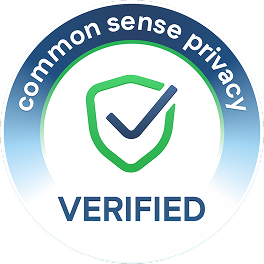Take a look inside 5 images
Hypothes.is
Pros: Endless classroom use cases. Supports active learning, digital literacy, and communication.
Cons: Not much visual appeal, especially for younger learners. Some of the document text doesn't transfer correctly in Schoology.
Bottom Line: This tool opens up digital text and the web to analysis, annotation, and discussion, whether inside a classroom or with the world.
Teachers across all subject areas can use Hypoothes.is to develop students' close reading and analytical skills. Enabling the extension adds a layer to any content on the web wherein users can highlight, take notes, ask questions, and integrate videos and images. Of course, this might not align with your school's privacy and safety guidelines. This is why teachers will want to look into Hypothes.is's learning management system (LMS) integration. This version, which isn't free, lets teachers assign and grade content. More importantly, the LMS version also creates a private space where students and teachers can comment and reply to each other on a document without outside interference or distraction.
In ELA, teachers can highlight a text to emphasize specific content for discussion, ask a question, or pre-teach vocabulary words. In a social studies or science course, teachers can share current events articles or research and have students share their opinions and reply to their peers online. Teachers might also curate already-annotated web content, which can be helpful for reading critical reviews or looking for a variety of perspectives on a text -- the opportunities for learning are endless.
Hypothes.is is a Chrome extension with LTI integration capabilities that lets users highlight content and add annotations and replies to PDFs or websites using either the web or their school's learning management system (LMS). Teachers can assign content to their classes, which students read and annotate right from the LMS, whether it's Canvas, Schoology, Moodle, or something else. Then teachers can reply to students and grade the assignments without leaving the LMS.
Another way to engage is through public annotations, searchable from within Hypothes.is. It's up to the instructor whether or not to encourage students to engage in annotations available to the public; teachers of younger students might want to limit the conversations to classmates, while high school teachers might want more in-depth discussion with a larger audience. There's a page for educators full of resources for how to get started using Hypothes.is with students. The resources include guides for teachers and students, sample classroom projects, testimonials, and a YouTube channel with tutorials.
Hypothes.is makes it easy for teachers to guide students to more active reading of text and to read things they might normally avoid. Annotating live webpages (and even text embedded in private groups) helps students to develop their digital literacy skills and to cultivate their own voices and perspectives. Students may ask questions, challenge others' viewpoints, or read annotations to help them clarify a text's meaning or purpose. Hypothes.is can also be used as a note-taking and research tool, allowing for a more collaborative and dynamic study strategy, or as a critical reading tool with which teachers assign readings to students and have them answer questions or highlight and describe concepts. While teachers can assign grades and give feedback for annotations done through their LMS, the use of the extension on public websites will require teachers to develop rubrics and/or systems for assessing students that are transparent and consistent. Teachers will also want to develop wraparound resources for acting responsibly in community spaces, writing effectively, and making sound community contributions.















